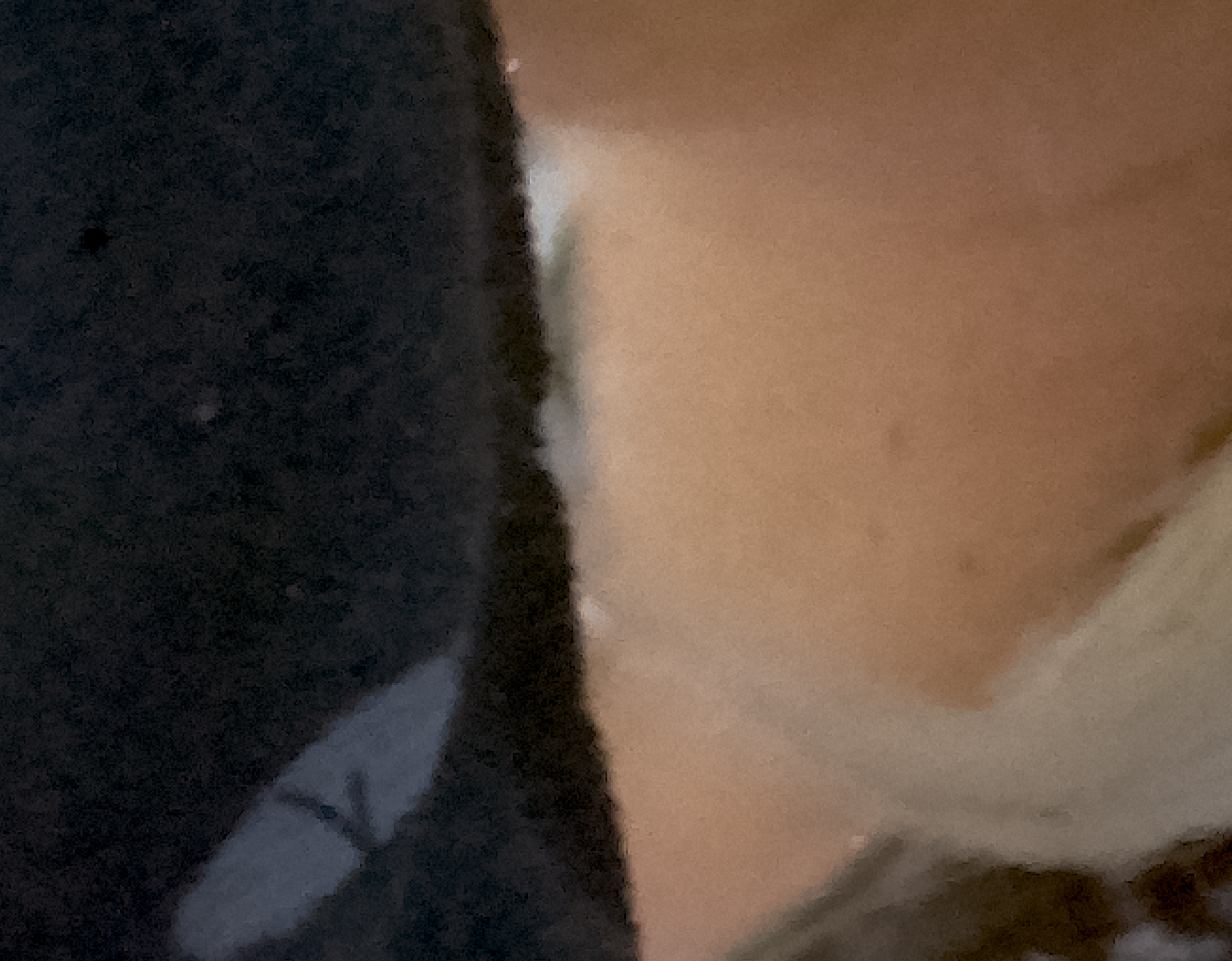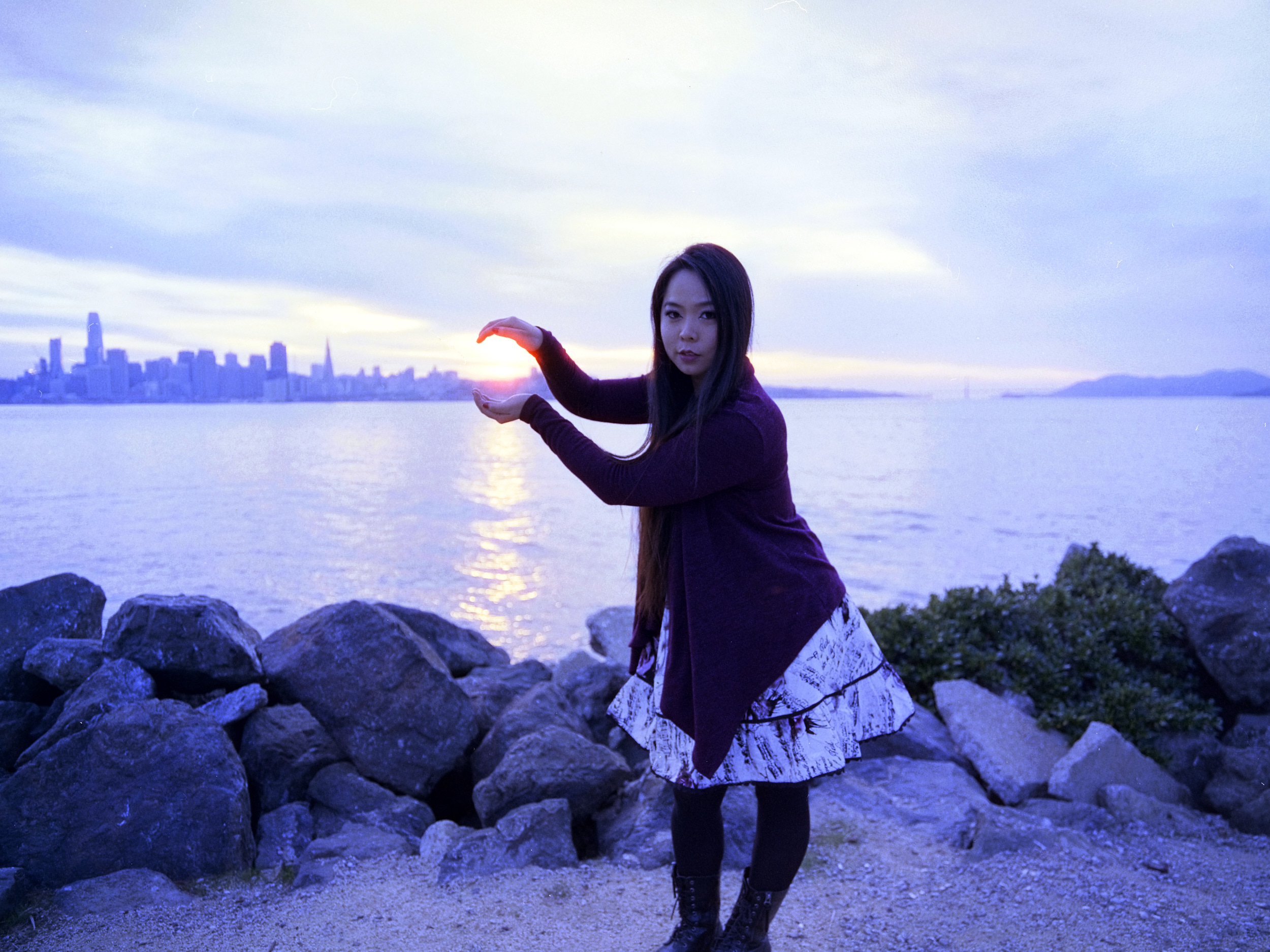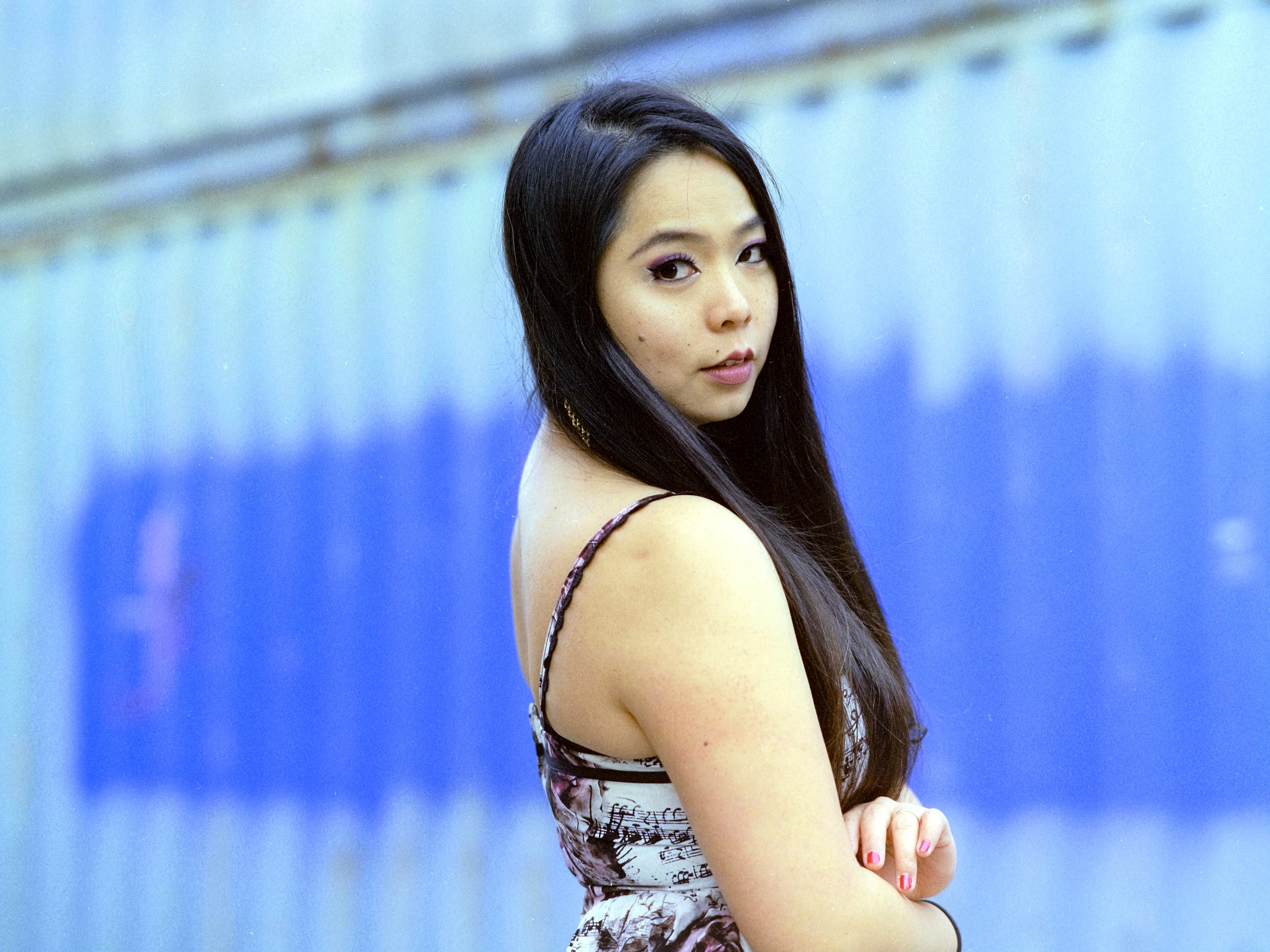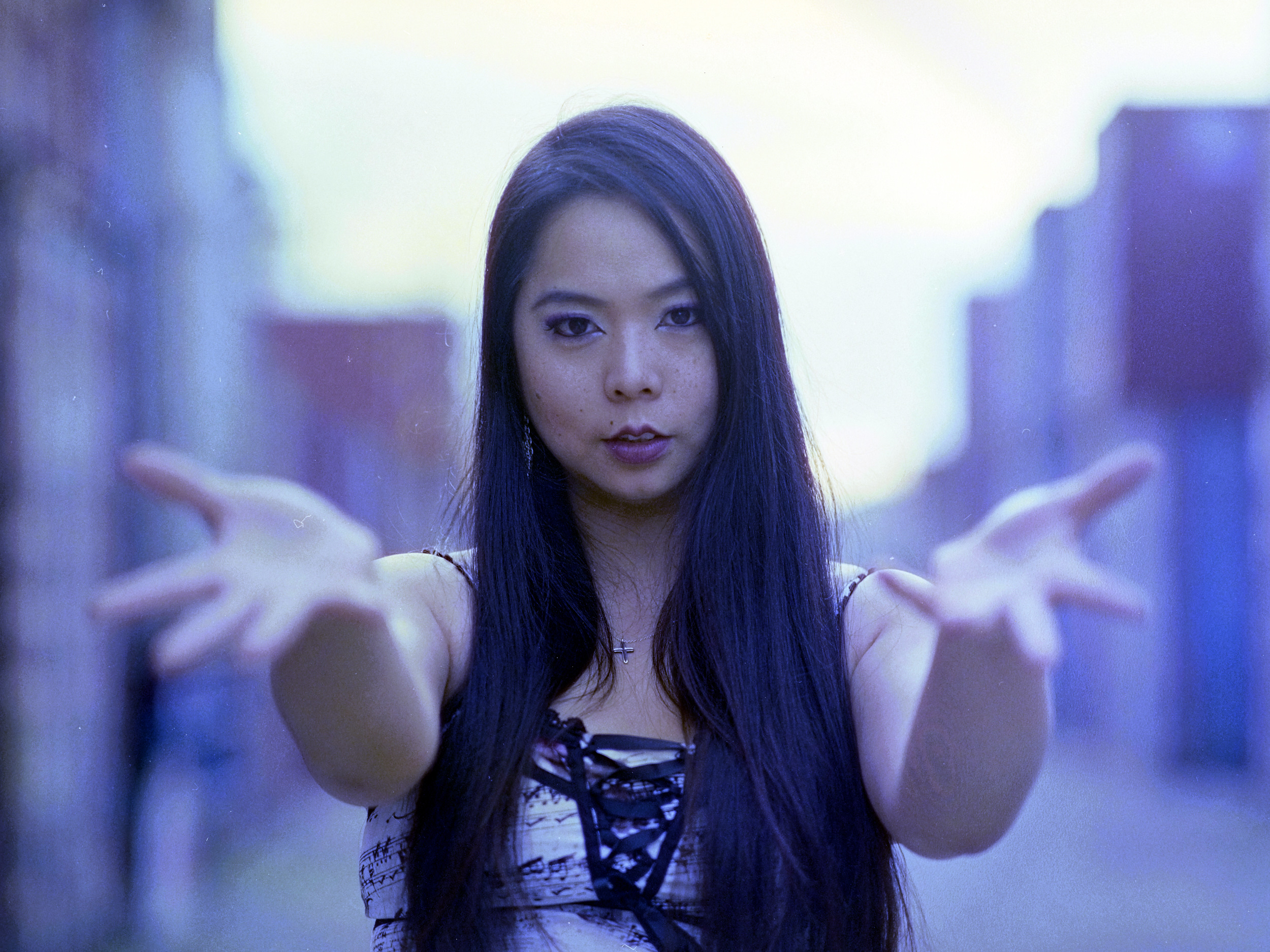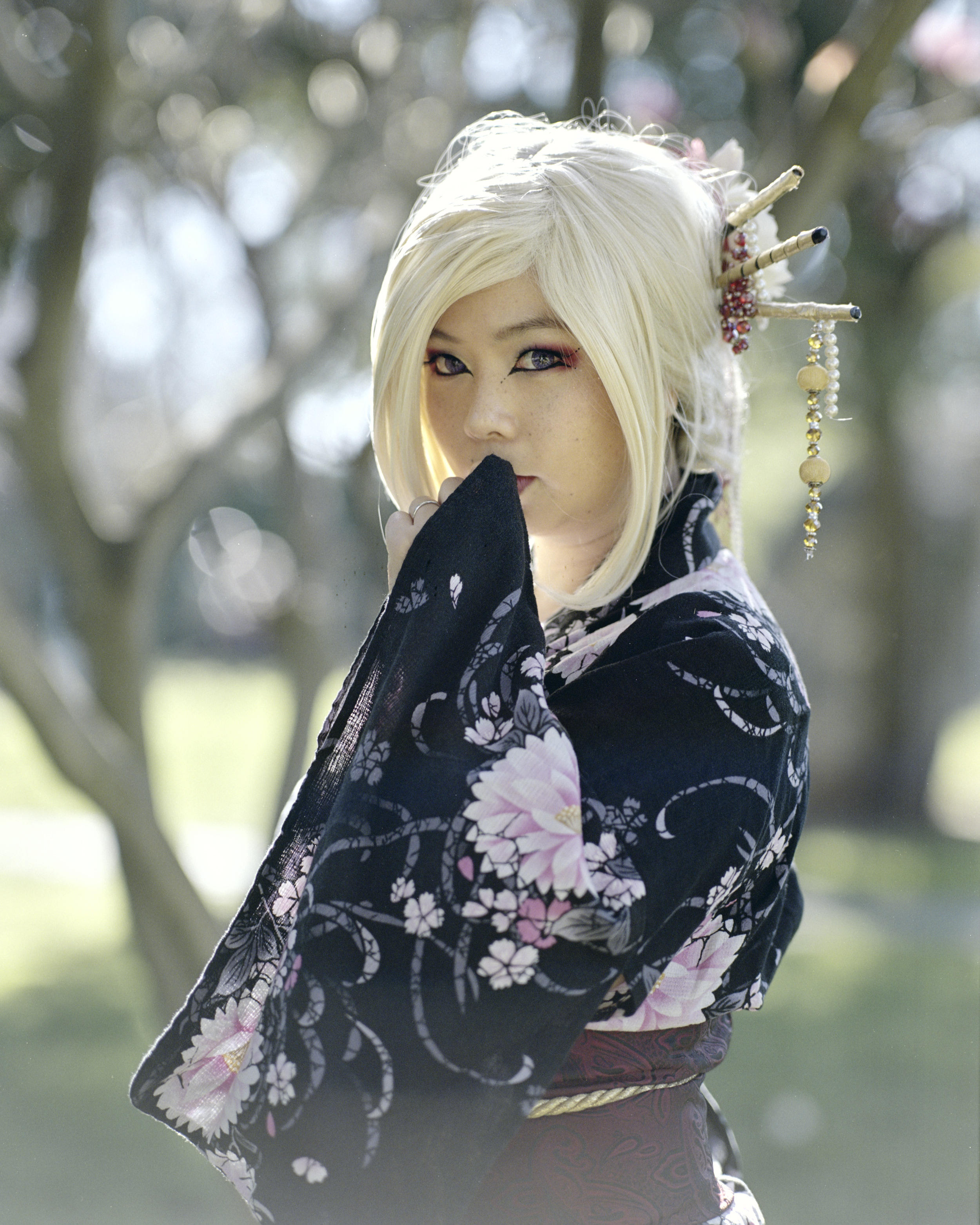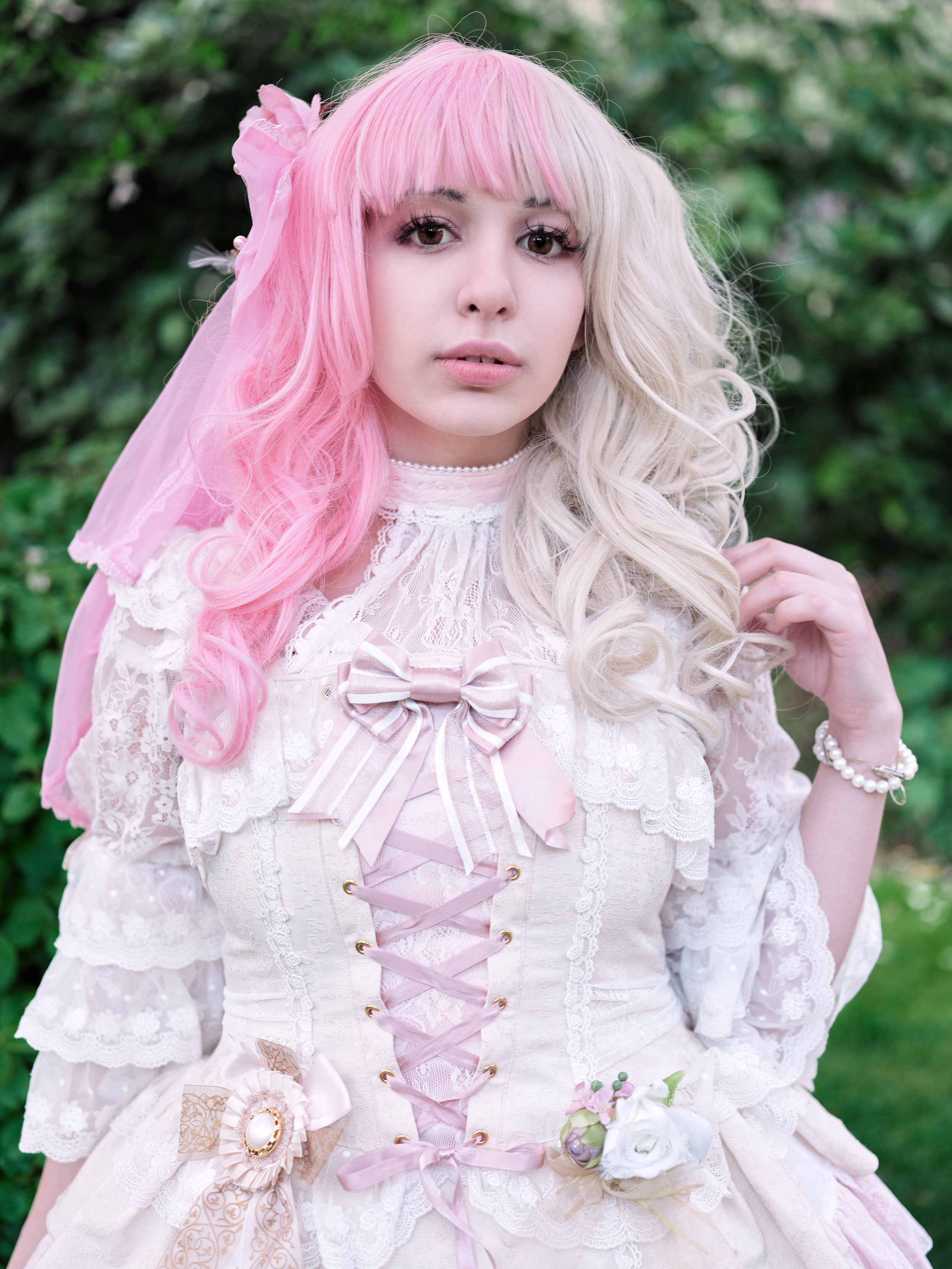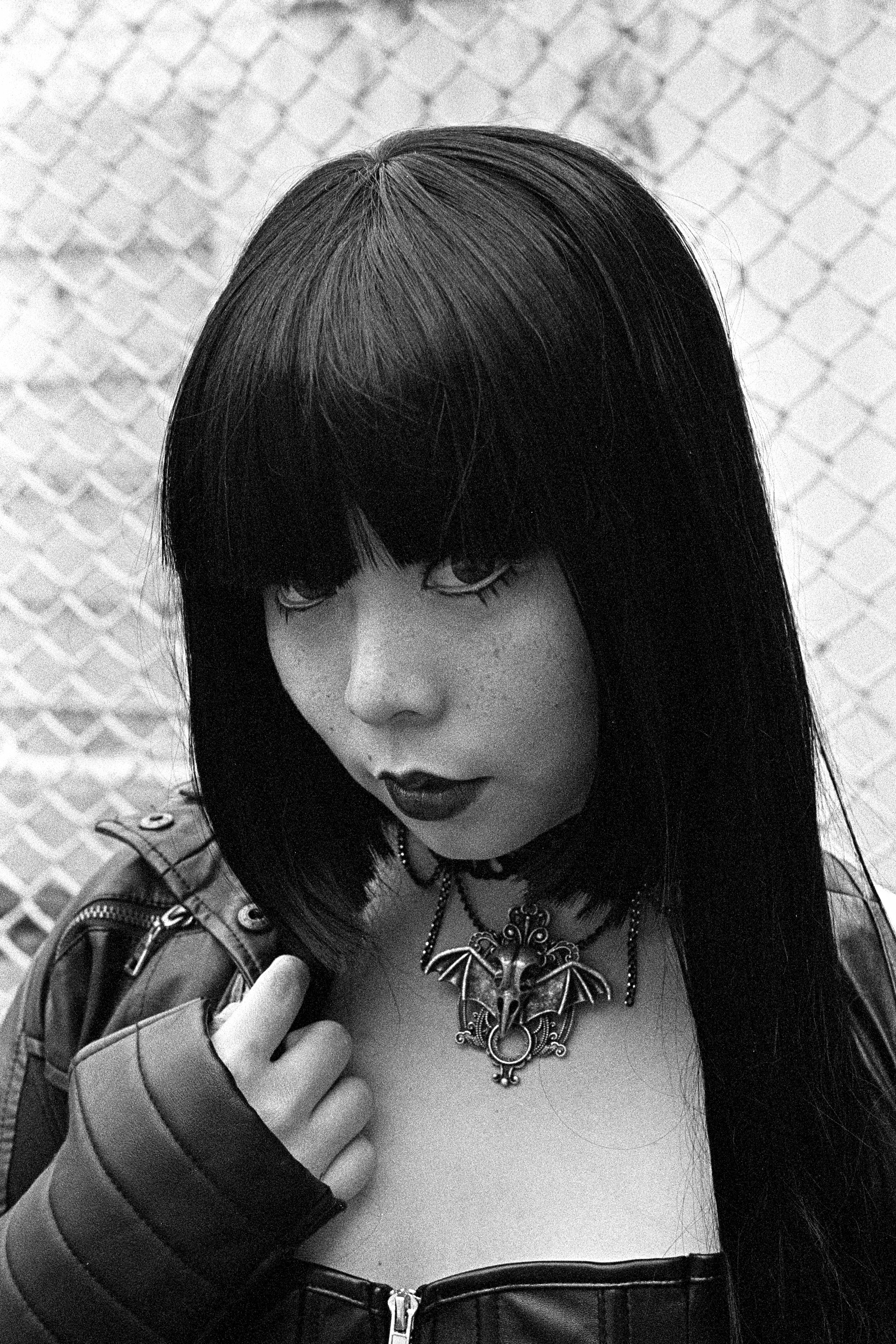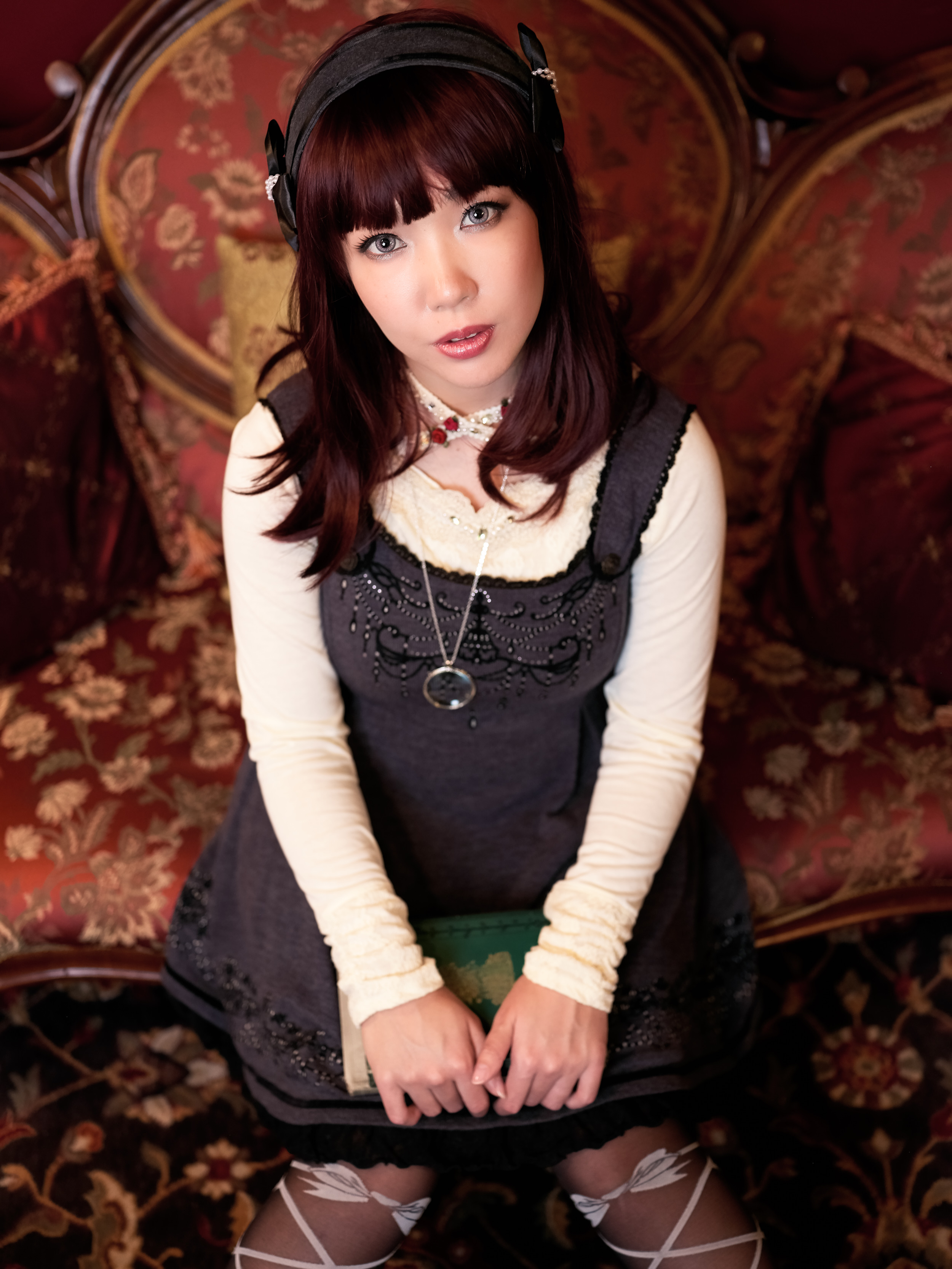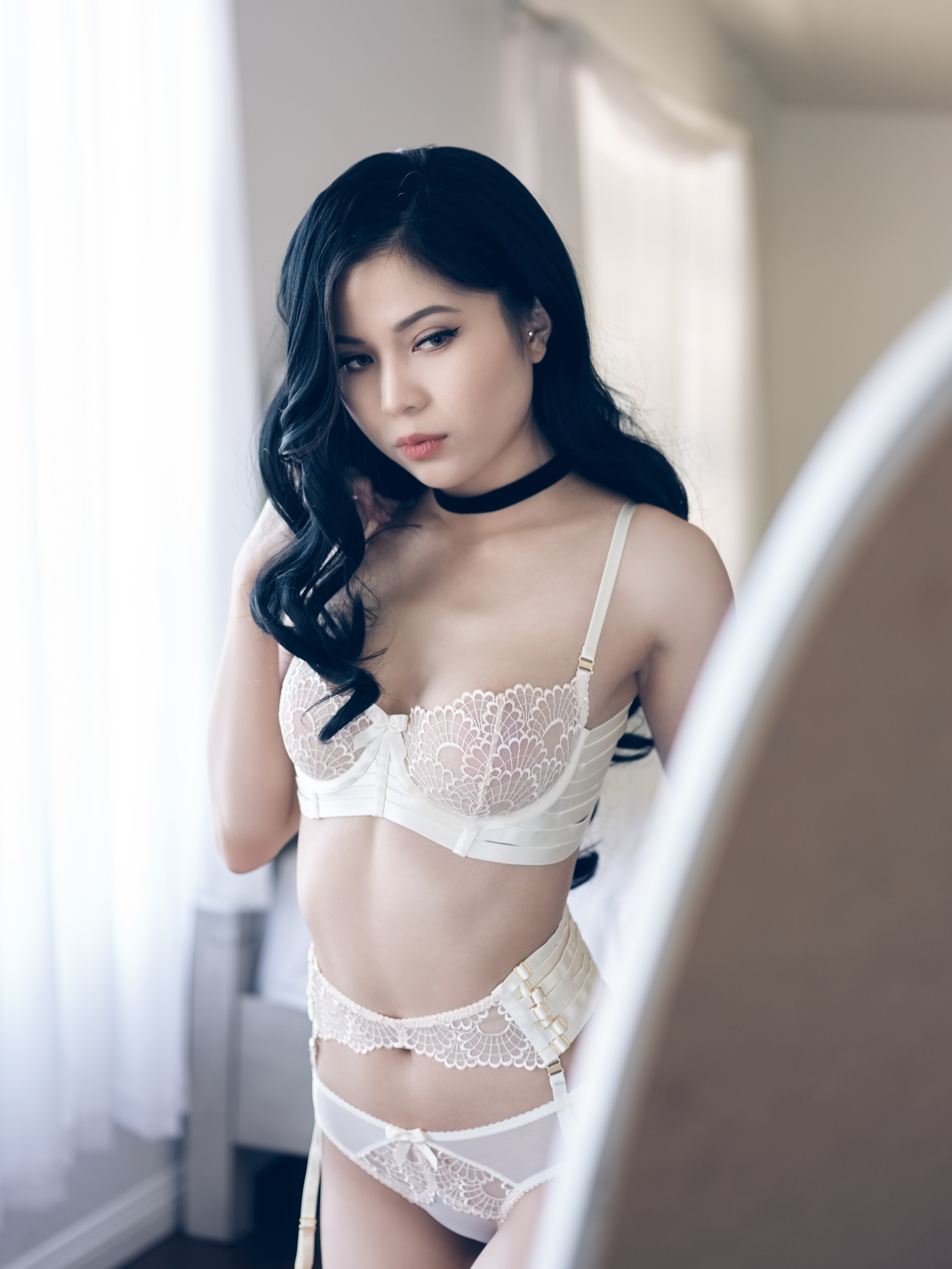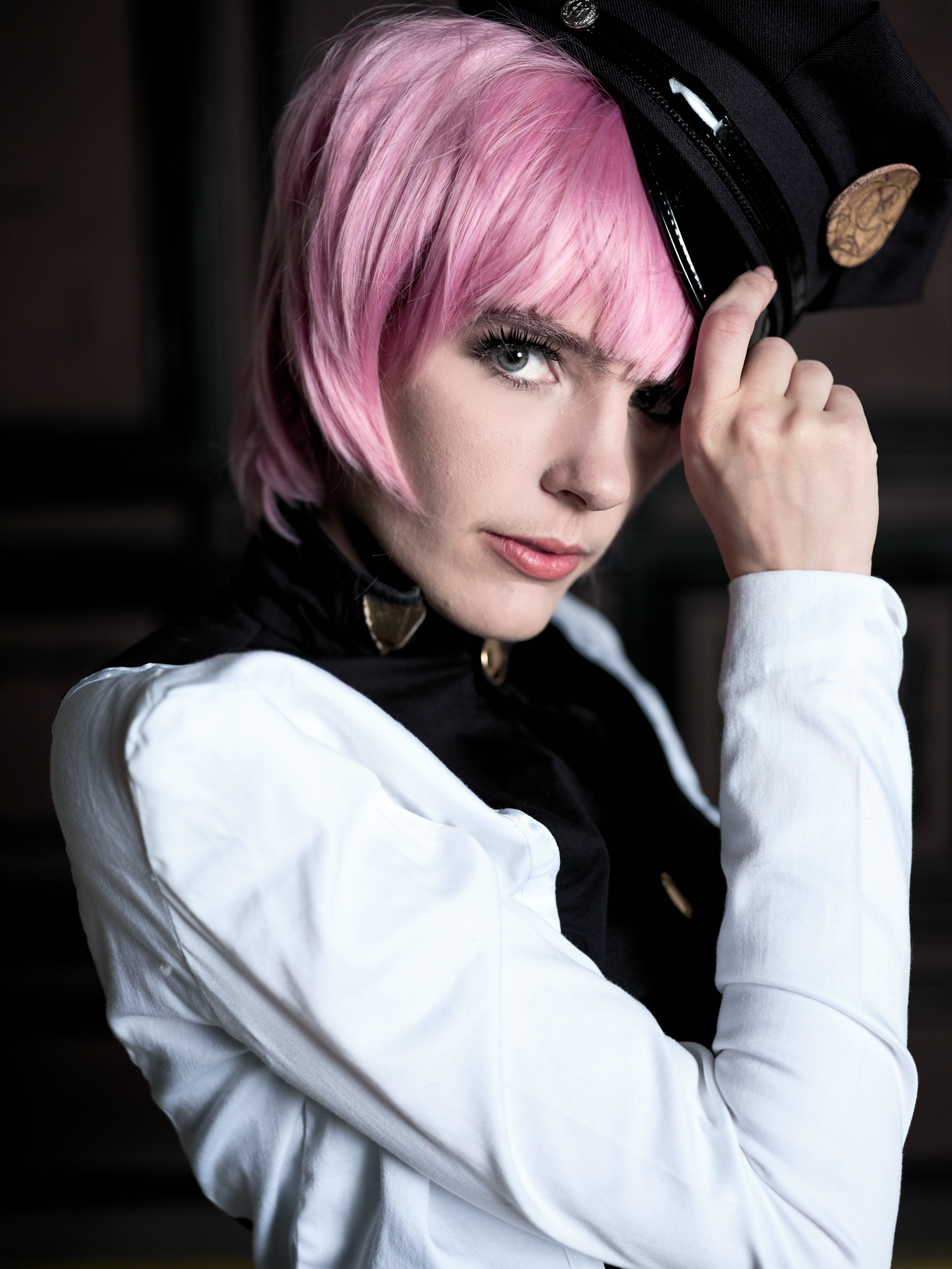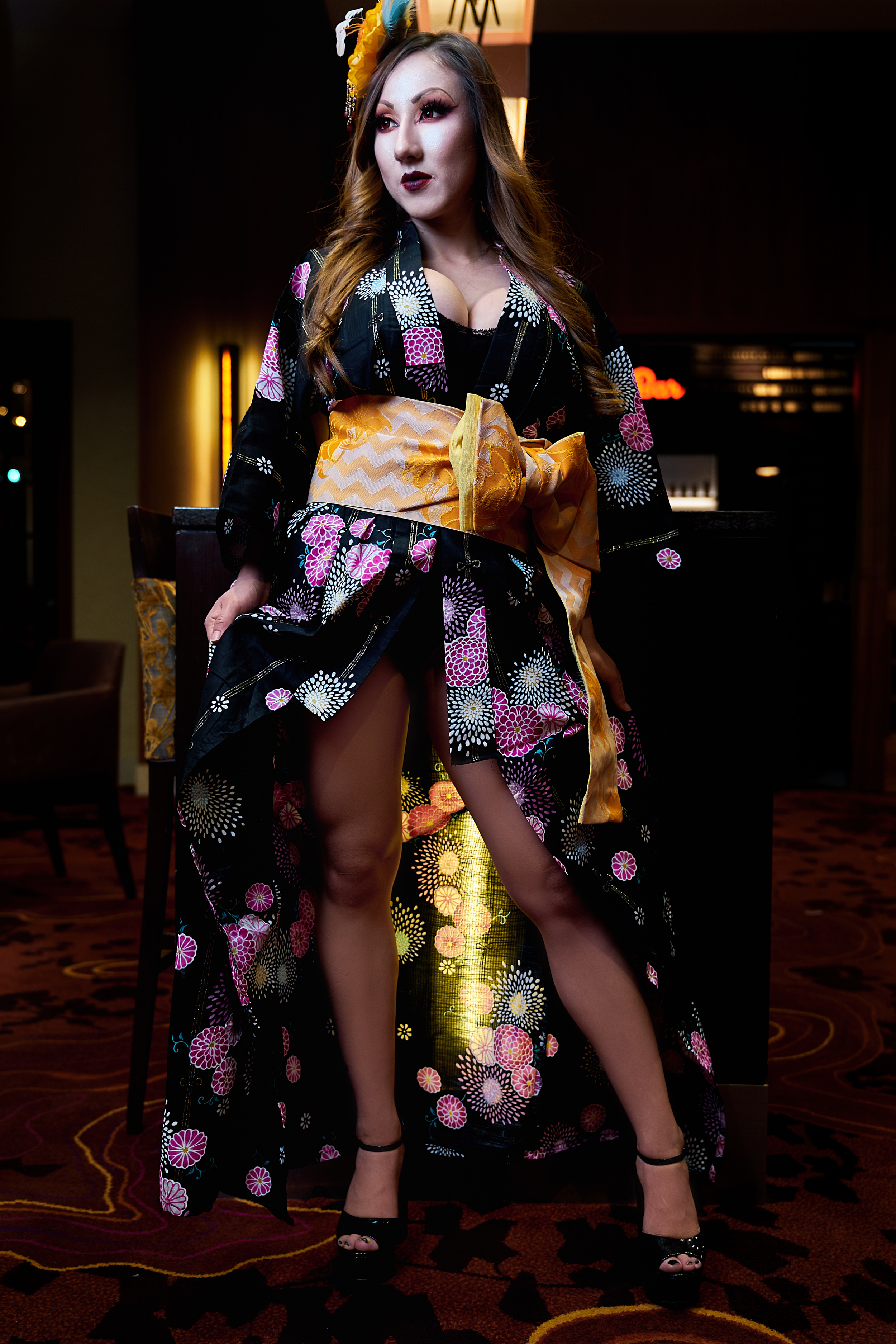The final workflow update for the GFX 50S and Capture One
A surprise announcement by Capture One at Photokina 2018 changed everything! Starting with version 11.3, Capture One will officially support the Fujifilm GFX series of cameras.
For the past few months, I’ve been putting the native Capture One integration through its paces and all is good. I have no complaints! My workflow using the GFX RAF files is now the same as any of the other raw files from my other cameras.
Now back to taking photos!
Fujifilm GFX 50S, GF 120mm f/4 macro lens
Fujifilm GFX 50S, GF 120mm f/4 macro lens
Fujifilm GFX 50S, GF 32-64mm f/4 lens


